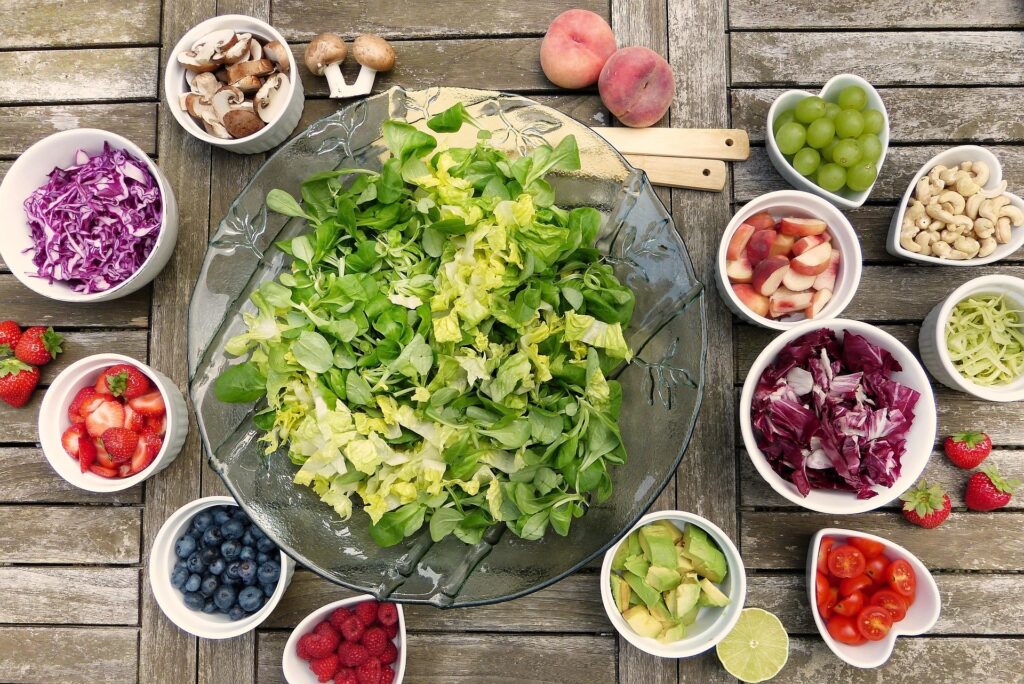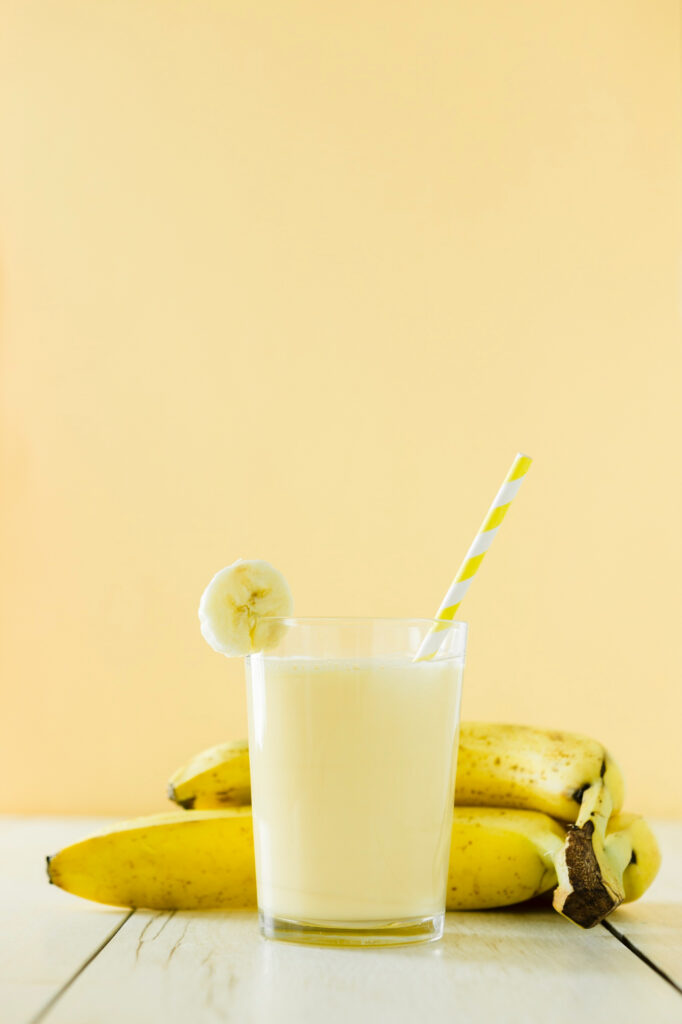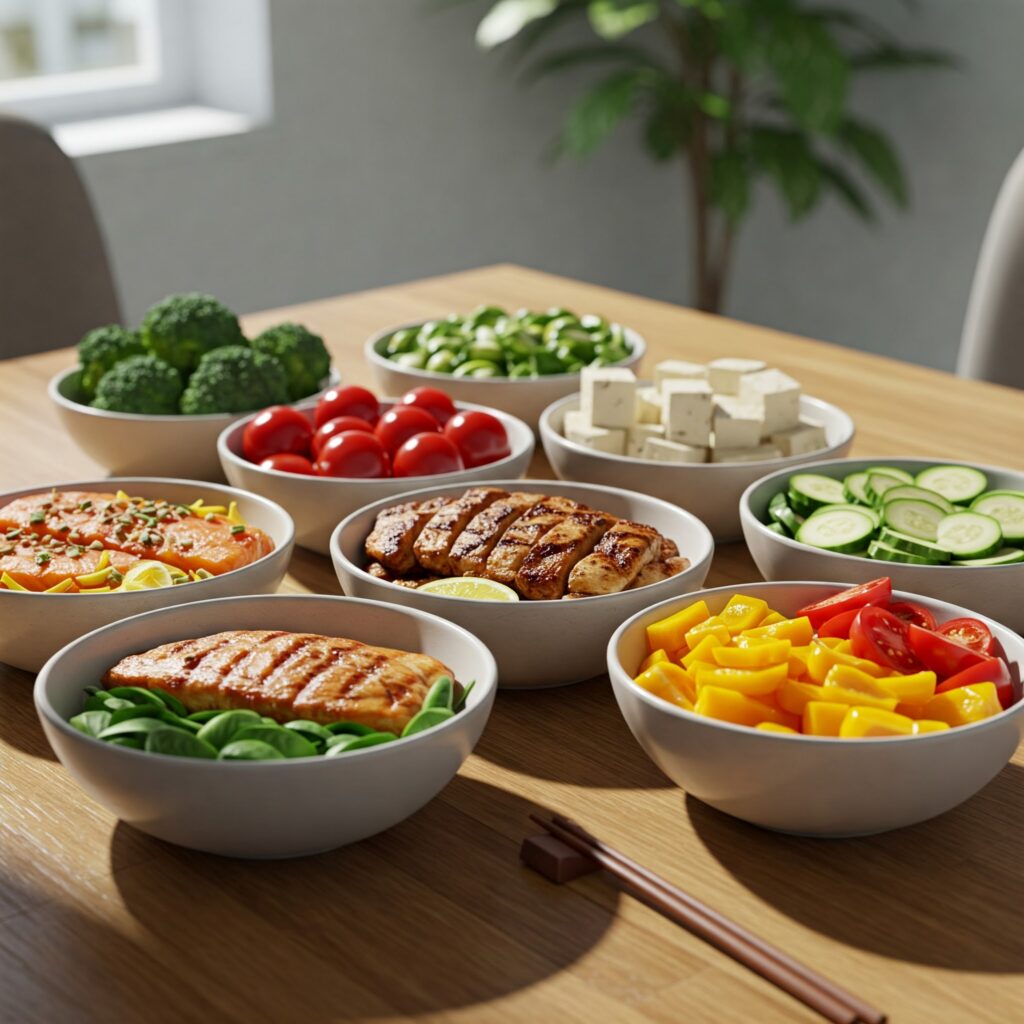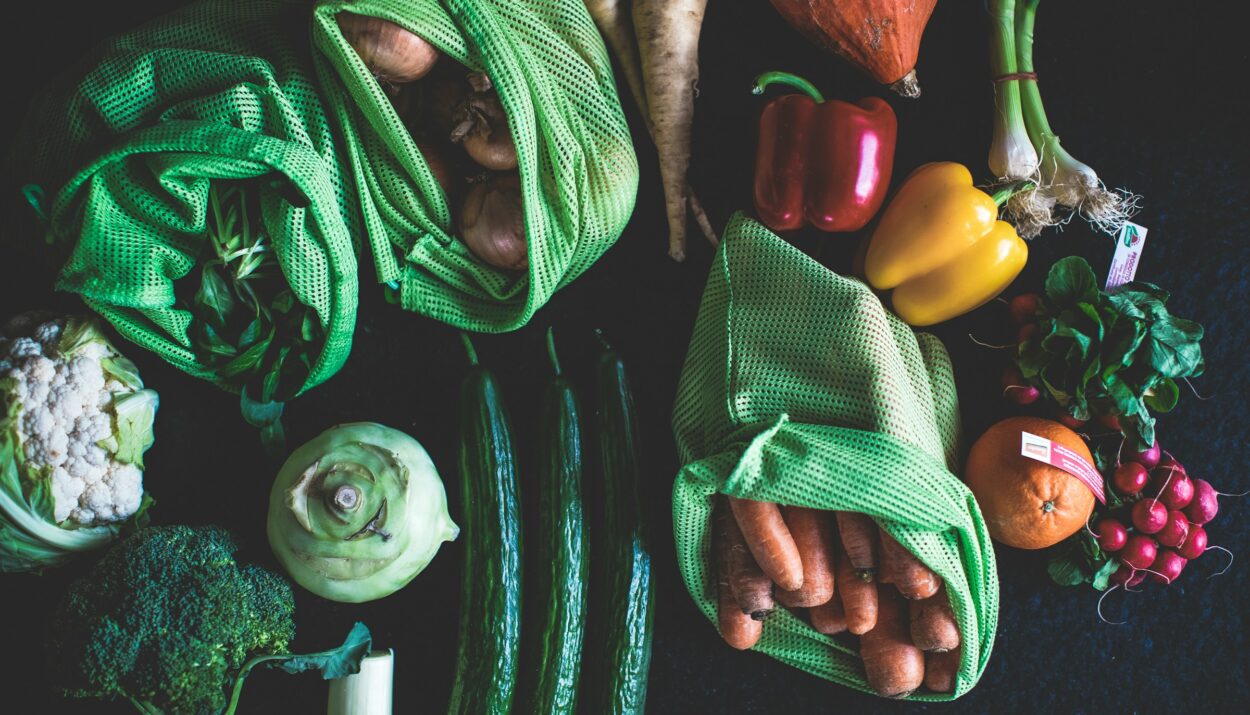The GM Diet is a seven-day weight-loss plan that claims to help you lose weight quickly. A calculated plan that was developed by General Motors employees and has gained attention and been implemented worldwide. Daily diet explains which food groups you should eat to detox and lose a few pounds. But is it sustainable? Are the benefits long-term? Here, we break down the GM Diet plan, highlight the pros and cons, and help you decide if it’s right for you.
Understanding the GM Diet
The GM Diet is a seven-day plan where you eat different food groups each day. It eliminates processed foods, encourages hydration, and promotes nutrient-dense options. Though it deprives you of having to count calories, the restrictive nature of the diet cuts down your overall calorie intakeы.
This is called the burning of fat for fuel, which is a hallmark of the GM Diet, which keeps your intake of essential vitamins and minerals open. Since a food group is assigned each day, the digestive system works differently each day making it a good strategy; hence it is believed to enhance the metabolism and detoxify the body.
It can deliver results fast, but does it serve your long-term healthy eating? The emphasis is mainly on short-term weight loss, not long-term health.
GM Diet Plan
The GM Diet plan is divided into seven days, each with specific dietary guidelines. Below is a detailed breakdown:
Day 1: Fruits Only

Avoid bananas – eat a variety of fruits Fruits that are rich in water such as watermelon oranges and apples are preferred. These serve to hydrate the body and jump-start the detoxification process. So drinking enough water is important to achieve the best results in this phase.
Fruits are rich in fiber and vitamins, which aid in digestion and make you feel full. It may be a rough day at first, but this lays the groundwork for the next few days.
Day 2: Vegetables Only
This is the day that you can eat as many vegetables as you want, whether raw or cooked. In the morning, one starchy vegetable, such as a potato, is permitted for energy. Make sure you have leafy greens, carrots , and bell peppers to give the body the proper nutrients. Light seasoning with herbs is advisable, which will lead to more flavor being added.
Vegetables are rich in mineral content and dietary fiber, helping keep your gut health and digestive system balanced. They have a great profile, being low in calories while packed with micronutrients — so they’re ideal for fat loss.

Day 3: Fruits and Vegetables

On this day, fruits and vegetables are combined, and bananas and potatoes are excluded. This combination of fiber and key nutrients aids digestion and processes a detox. To sustain energy levels, meals need to be kept fresh and simple.
Consuming a variety of colorful fruits and vegetables ensures you get all the vitamins and antioxidants, which help improve immunity and overall health.
Day 4: Bananas and Milk
Days four through six are mostly milk and bananas — up to eight of the former and three of the latter. This is beneficial in replenishing potassium and sodium levels. To make these easier to consume, you can also blend bananas with milk into a nutritious shake.
Bananas offer natural sugars for energy, and milk gives you protein and calcium. This combo curbs hunger and fuels steady energy.

Day 5: Protein and Tomatoes

For protein, there’s the introduction of lean meat, fish, or paneer (for vegetarians), and six whole tomatoes. This stage supports muscle repair and enhances metabolism. Drinking more water can help flush out toxins and assist with digestion.
Essential for muscle maintenance and recovery, do not skip this day for your overall health.
Day 6: Protein and Vegetables
Like day five, it focuses on lean protein, but all veggies (excluding potatoes) are reintroduced. This will keep you in an energy- and muscle-sparing state, not break your fast, and allow for fat loss to continue. Alternate cooking methods like steaming or grilling can have variety.
A meal of protein plus vegetables provides a balanced ingredient-meal matrix containing an adequate supply of calorie balance plus fuel for the body to use at the appropriate level.

Day 7: Brown Rice, Fruits, and Vegetables

On the last day add brown rice, fruits, and vegetables, offering complex carbohydrates to help with the transition back to “normal” eating. Brown rice is a source of fiber and energy that helps stave off hunger pangs. This phase is a return to a more moderate eating plan.
Its high fiber content ensures a smoother digestion process and prevents bloating.
GM Diet Chart
A GM Diet chart provides a structured meal plan for the entire week:
| Day | Allowed Food | Recommended Intake |
| 1. | Fruits (except bananas) | Watermelon, oranges, apples |
| 2. | Vegetables | Raw or cooked veggies, one potato (morning) |
| 3. | Fruits & Vegetables | Mix both, avoid bananas & potatoes |
| 4. | Bananas & Milk | 8 bananas(Max), 3 glasses of milk (Max) |
| 5. | Protein & Tomatoes | Lean meat/paneer, tomatoes |
| 6. | Protein & Vegetables | Lean protein + any vegetable (except potatoes) |
| 7. | Brown Rice, Fruits, Vegetables | Brown rice with fruits & veggies |
Advantages of the GM Diet
Many people opt for the GM Diet because of its rapid results. Here are some of its main benefits:
- Quick Weight Loss – The calorie deficit promotes fast fat loss.
- Hydration and Detoxification – High water content in fruits and vegetables aids in flushing toxins.
- Improved Digestion – The fiber-rich foods support gut health.
- Reduced Sugar Cravings – The diet eliminates processed foods, helping curb sugar intake.
- Boosts Metabolism – The changing food patterns prevent metabolic slowdown.
- Simple Meal Plan – The structure makes meal prep straightforward.
Drawbacks and Risks
Despite its benefits, the GM Diet has some downsides:
- Short-Term Solution – Most of the weight loss is water weight, which may return once normal eating resumes.
- Nutrient Deficiencies – The diet lacks adequate protein and healthy fats on certain days.
- Energy Fluctuations – Low-calorie intake can cause fatigue and weakness.
- Potential Digestive Issues – The sudden dietary shift may cause bloating or gastric discomfort.
- Not Sustainable Long-Term – The restrictive nature makes it difficult to follow continuously.
Tips for Success on the GM Diet
Following some essential strategies can enhance your experience and results while on the GM Diet.
- Stay Hydrated – Drink at least 8-10 glasses of water daily to support digestion and detoxification.
- Avoid Processed Foods – Stick to whole, natural foods for the best results.
- Exercise Moderately – Light workouts like walking or yoga can complement the diet.
- Listen to Your Body – If you feel weak or unwell, adjust your intake accordingly.
- Plan Meals – Preparing meals in advance ensures adherence to the diet.
Conclusion
The GM Diet is a seven-day structured meal plan for rapid weight loss. Following the GM Diet, people often notice a significant loss of body fat and improvement in digestion. However, it is vital to be aware of its transitory aspect and possible nutrient deficiencies. It can certainly work well in the short term, but eating for long-term health is about balance. Dress Up Your Dish: Add some flavor and flair with toppings such as salsa, olives, or pumpkins seeds. Just be sure to check nutrition labels, as some condiments add calories. As with any major dietary change, check with your doctor to see if it’s right for you and your health goals. Sustainable nutrition should always supersede short-term regimens such as the GM Diet.
Learn more about Diet here
Related post:










